News 2/3/11
Microsoft announces new encrypted e-mail functionality that will allow users of the Quest Diagnostic Care360 EHR to transmit clinical information directly to patients. An encrypted copy of a patient’s clinical data is also automatically saved to patients’ HealthVault account. If my doctor were to automatically download my records into a PHR, then I might actually consider using one. However, I predict patients will continue to resist HealthVault or similar technologies until most of their providers offer similar uploads.
Azalea Health Innovations partners with DrFirst to launch Azalea eRx. The electronic prescribing solution is available as a standalone product or integrated with both Azalea PM and Azalea Labhub.
MDBlackBox introduces a free, on-demand PM/EMR suite. I looked over their website and apparently the company offers some “pre-paid items,” though I never found a link that identified what those items were. There is a contact listed for “Business/Advertisement” so I assume the product has ads imbedded into the application. No demo or screen shots available, so I suppose the company is still ramping up.
Apello Technologies introduces Apello Physicians Network, a new iTunes app for doctor-to-doctor communication. The mobile app facilitates doctor-to-doctor sharing of patient data using a combination of tools including text messaging, voice memos, and fax.
eClinicalWorks is hosting a few road shows in coming weeks, showing off their new Version 9.0 and touching on the 25 requirements of Meaningful Use. Details here.
Physician Oncology Services and Vantage Oncology merge to form a network that includes 40 radiation oncology centers across 13 states and over 80 physicians.
A big welcome to Medicomp Systems, HIStalk Practice’s newest Platinum sponsor. Medicomp offers a variety of EMR tools, such as the MEDCIN clinical knowledge engine and the CliniTalk voice-to-data physician documentation system. They are also the terrific folks rolling out the red carpet (literally) for the HIStalkapalooza event at HIMSS. They seem like a very fun bunch and have been hugely supportive of all the wacky ideas we’ve dreamed up for the party. Medicomp will be introducing a new product or two in the coming weeks and we look forward to hearing the details and sharing with readers. Thanks Medicomp for supporting HIStalk Practice and for hosting a sure-to-be-fabulous party!
If you are a physician attending HIMSS, there’s a new Physician Executive Forum option this year. The track is designed for physician leaders in hospitals or the ambulatory environment, particularly those responsible for helping their organizations with such HIT issues as Meaningful Use and ICD-10 conversion.There’s no additional fee if you are already attending HIMSS. HIMSS is also offering an all-day Physicians’ IT Symposium ($285) on Sunday the 20th which will focus on achieving Meaningful Use.
MGMA says its membership grew almost 5% last year and now includes 22,500 professionals. Members lead 13,600 organizations and their 280,000 physicians provide 40% of healthcare services in the US.
D&H Distributing partners with gloStream to serve as a VAR and provide practices with a local support option.
Concierge medicine with a twist: the 31-physician One Medical Group offers a low-cost, concierge-style practice for a mere $150 to $250 year. In addition, the practice accepts a variety of insurance plans, including Medicare. Like a traditional concierge practice, patients can e-mail their physicians at no charge and are usually able to schedule same-day appointments. The physicians typically see about 16 patients a day, compared to the national average of 25. To keep overhead low, the practice relies on a number of automation tools including online appointments and prescription refill requests. One Medical Group was founded by Epocrates co-founder Dr. Tom X. Lee and has offices in San Francisco and New York City.


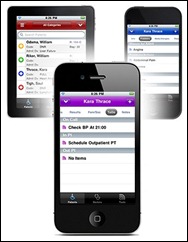
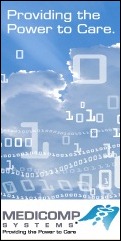


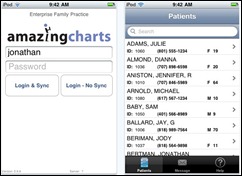
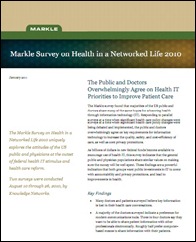

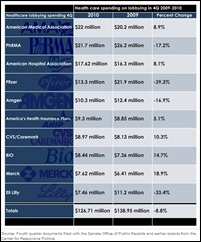

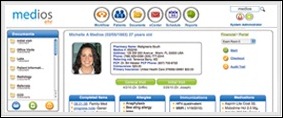

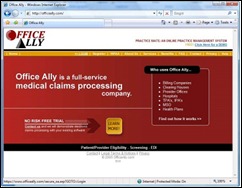


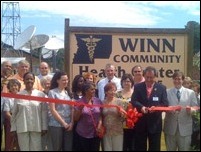
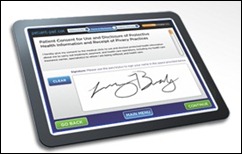

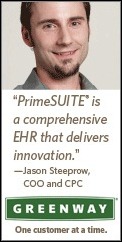
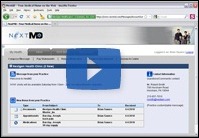

The article about Pediatric Associates in CA has a nugget with a potentially outsized impact: the implication that VFC vaccines…